“Nickel Boys” Writer/Director RaMell Ross on Camera as Consciousness in His Oscar-Nominated Film
An introspective, promising teenager hitchhiking to college gets a ride in a car that turns out to be stolen. The driver is Black, and so is the boy. Deemed an accomplice despite his innocence, Elwood (Ethan Herisse) is remanded to Nickel Academy, a segregated Florida reform school. Nickel Boys, the Oscar-nominated film based on Colson Whitehead’s Pulitzer Prize-winning novel The Nickel Boys, follows the harrowing path Elwood is placed on by the Jim Crow South. Written by RaMell Ross and Joslyn Barnes and directed by Ross, this stunning, elegiac film shows the brutality and neglect perpetrated on the Black boys at the abusive school, as well as their youth, friendship, and efforts to survive.
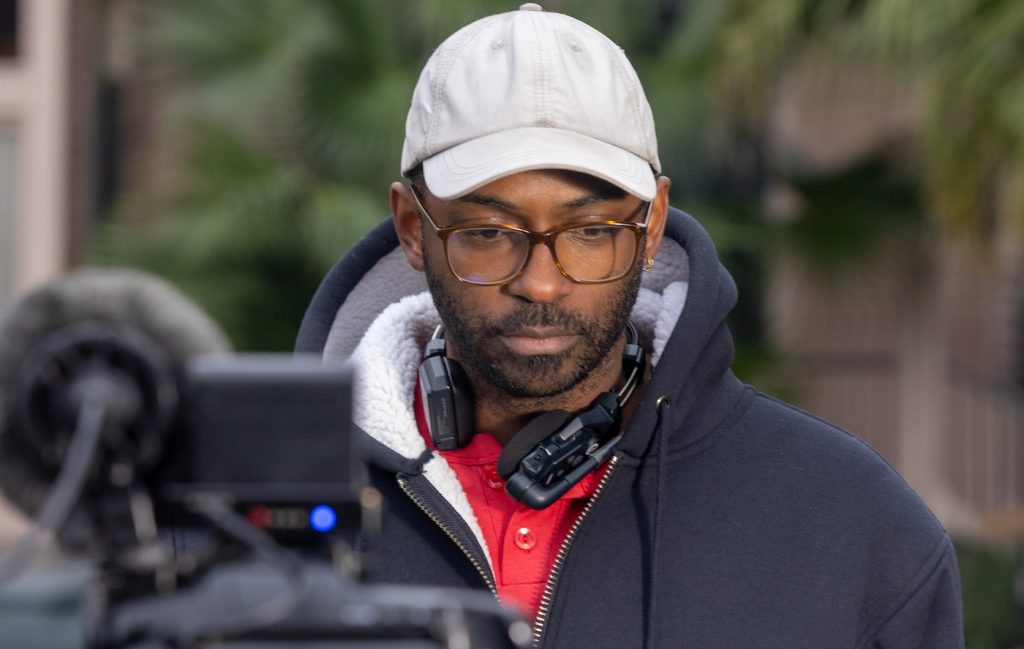
Photo credit: L. Kasimu Harris © 2024 Amazon Content Services LLC. All Rights Reserved.
The Nickel Academy of the film and Whitehead’s novel are both rooted in the real history of the Dozier School, a reformatory outside Marianna, Florida, that operated from 1900 to 2011, when it was shut down due to allegations of horrific cruelty. In addition to Whitehead’s novel, Ross and Barnes turned to Erin Kimmerle’s We Carry Their Bones: The Search for Justice at the Dozier School, a forensic accounting of the school’s abuses, from farming boys out as indentured labor to death—there are 31 graves marked at the former school, but researchers found evidence of at least 55 on-site burials. The Black boys at Dozier were treated far more violently than the white ones and received little in the way of formal education.
Against this frightening, deadly environment, Ross’s film poignantly depicts Elwood’s close relationship with his grandmother, Hattie (Aunjanue Ellis-Taylor), and his friendship with Turner (Brandon Wilson), a more steely-eyed foil to Elwood’s earnest nature. Using point-of-view framing, Ross also invites his audience to see the boys’ lives as they do, which makes for an intimate, immediate way of viewing.
We had the chance to talk to Ross about the influence of his documentary experience while making Nickel Boys, the sensitive way he approached the violence the boys faced, and how he and his crew developed a technical language to support the film’s unique, lovely creative choices.
Knowing going into the writing that you wanted to shoot from a point-of-view, did that affect how you approached the script?
I’ve never written a screenplay before. The process that I did with Joslyn is now the only way I know how to do it. And it comes from, funny enough, George Miller’s Mad Max. I found out that he had just made a film of all the images, and then he went toward making a more traditional script. And Joslyn, being my co-writer and the support that she is, said to lean into my strengths. And my strengths are visualizing. Taking the point-of-view approach and the image-based approach allowed us to actually write from what a person is seeing and not from seeing the person in the scene. I think the traditional writing process may start with being in the character’s head, but then you abstract them to being an object in the frame. I think it’s quite beautiful to actually order a person’s gaze in a moment in the context of the larger narrative, to align their meaning-making process as a character with the meaning-making process as the viewer.
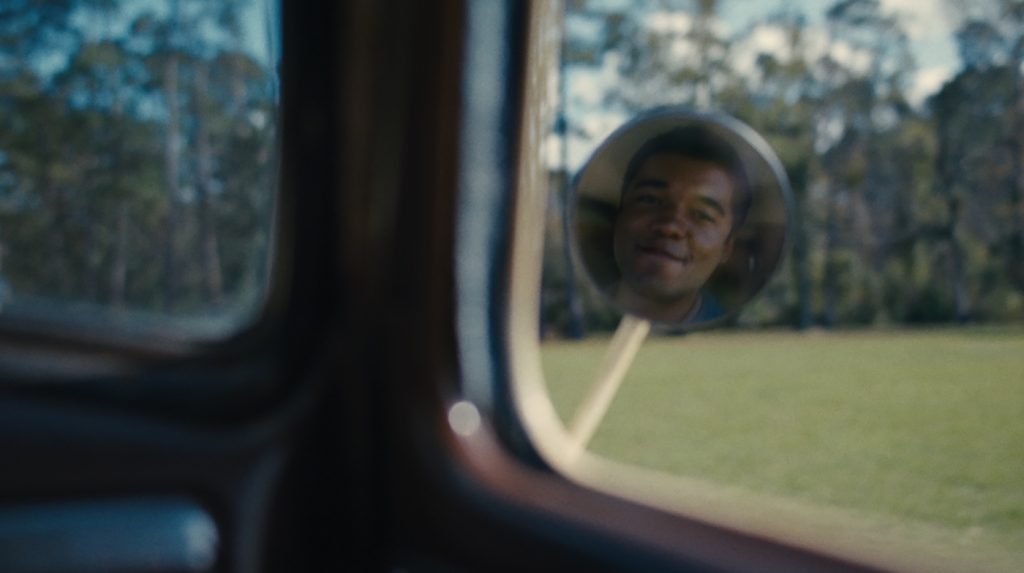
When it came to shooting, how did you further develop this language?
I made this film Hale County This Morning, This Evening. In that film, I essentially did point-of-view, but its name while I was shooting was observational logic. The idea was to make the camera an organ and to use the camera as an extension of consciousness. I adapted that to Nickel Boys and used observational logic language as well as extensive consciousness language. But in the writing process, it didn’t feel like point-of-view, and it obviously didn’t feel like normal camera language. With Joslyn, I talked about sentience a bunch. Then, developing it with Jomo [Fray, the cinematographer], we looked for another frame of reference for what we were doing. And sentient perspective was what we both agreed approximated what we were trying.
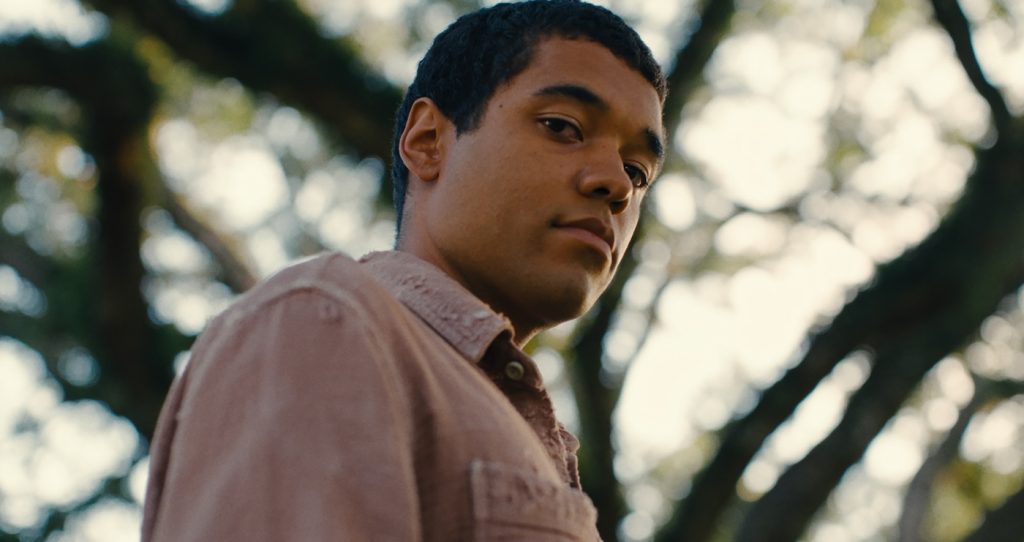
How did you achieve a sentient perspective, technically?
I had a really clear vision of what the film would look like and the way the camera would move, but I didn’t know how to do it or the technical possibilities. Jomo is a genuine wiz. He came up with adapting all of these rigs that are used on jibs that are high in the sky and these camera systems that have mimic mode. He suggested this camera called a Sony Venice that could shoot 6k, shoot IMAX quality, but be small enough to be close to the body. Dan Sasaki from Arri made custom lenses to give us these aberrations and this density that can approximate my large-format photography. He made a couple more for a couple of scenes because we needed some specific focal lengths.
Were the actors also holding cameras?
Yeah. Of course, the camera that we were using is not supposed to be on the body. So Jomo’s team had to come up with these custom rigs that could hold the weight and be balanced correctly so that we could get the movements. It’s really cool.
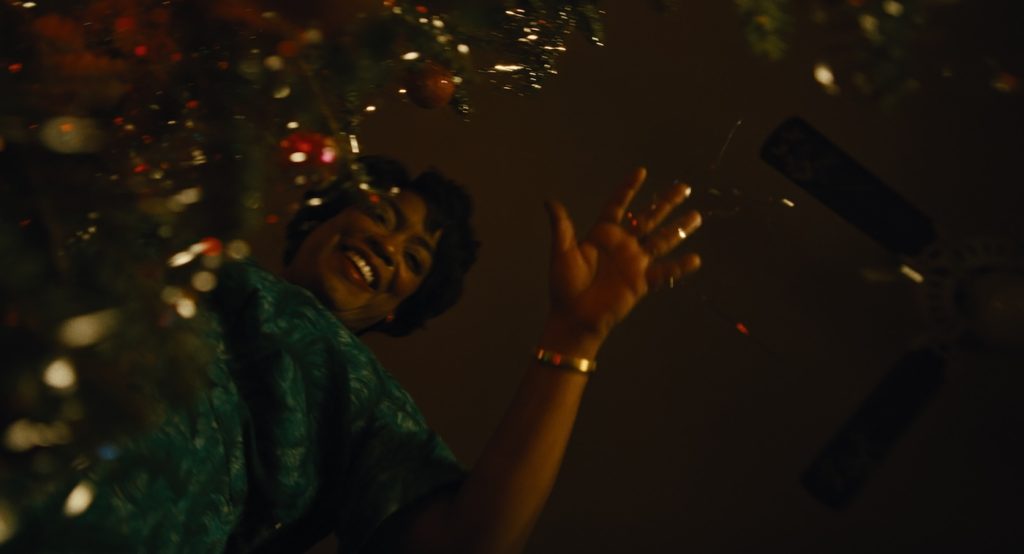
Photo credit: Courtesy of Orion Pictures © 2024 Amazon Content Services LLC. All Rights Reserved.
How did you decide to use the 4:3 aspect ratio for the film?
It’s interesting how one decision has multiple meanings. In the approach, I wrote that I wanted to shoot a 4:3. The first reason was because there was so much archival that was going to be in the film. You’d have to be popping out the aspect ratio or going in and zooming. And that would just be so distracting with the camera language. But then it takes on another meaning. 4:3 is television. Television was the first disseminator outside of cinema. And also, shooting point-of-view, it’s going to be a narrower frame, so that makes sense as well. But the initial reason was practical.
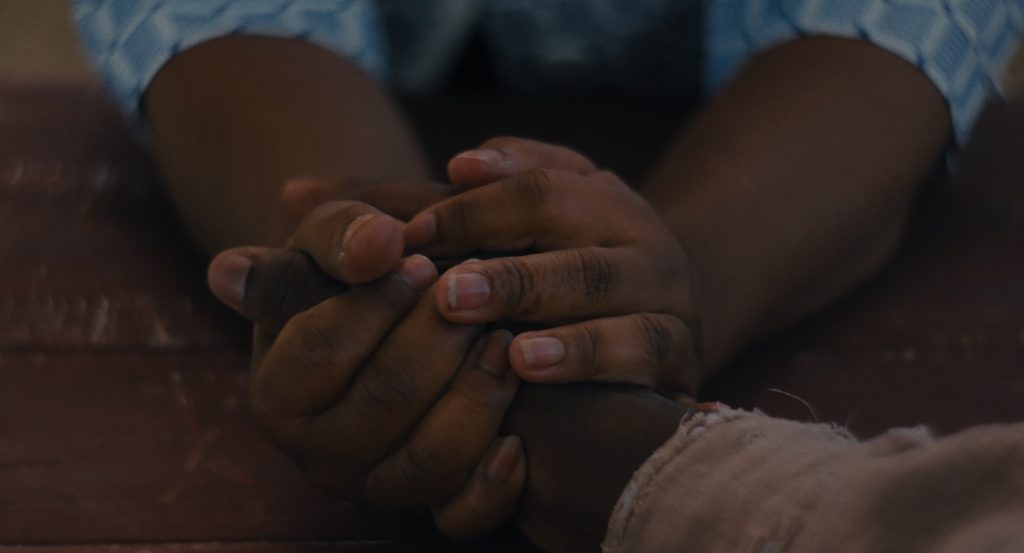
The pacing and beats of the film are so beautiful, but I can imagine the editing process to weave archival footage into the story was painstaking. What was the process like?
Framing is quite natural and fluid, but the editing is something that had to be found. There’s no estimation of the power of two images until you put them together, and then you have to find the right image, and then it has to align with the larger narrative thrust. Nick Monsour was our editor, and what a guy he was. [With] our archival producer, Allison Brandin, and her two assistants, Alex Westfall and Gala Prudent, I think [it took] three-and-a-half, four years of researching images and us going through them, trying to find these interstitial moments to connect to the larger narrative.
How did you initially approach depicting the violence the boys face?
It’s manifold. Because Black people, in general, are over-indexed with images of violence. Cinema also has historically shown the violence—maybe more so in documentary and early photo history, and even civil rights photo history—as a necessity for proof. There was actual evidence; it was almost pedagogical.
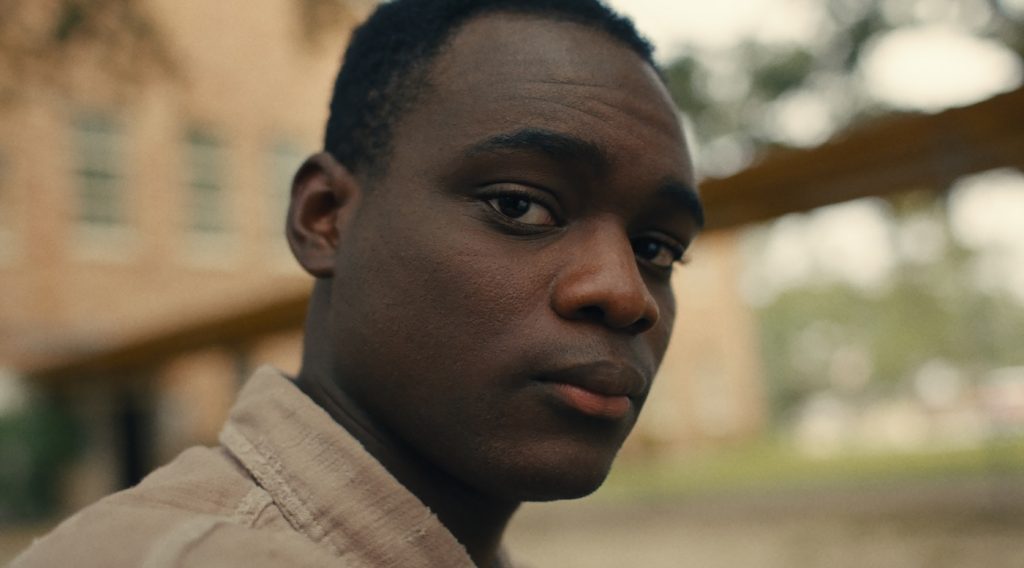
And here, we don’t see that violence on-screen. But as a viewer, you’re still incredibly aware of it.
When you’re a human being in these situations, you turn away from these things. Or it’s rare that you see something this gruesome happen. It’s not something I think is quote-unquote normal. But television and cinema have made it normal. And we become voyeurs and participants in at least the aesthetic dehumanization of, or the aesthetic violence onto, people’s bodies. And so when thinking about this film, considering all those things, you have to ask why? You realize not only is it not necessary, but there are more ways to not do it than to do it. I think it allows it to explore things beyond the act, where the act doesn’t become the priority, it becomes the way in which its affects ripple backward and forward in time. And then, to be literal about it, if you make the camera an organ, as we did, and you shoot as an extension of consciousness, you’re actually just not seeing it. So, it would be unrealistic and, in fact, betray the language of the film to see it.
For more on Amazon MGM and Amazon Prime Video, check out these stories:
“Nickel Boys” Cinematographer Jomo Fray Takes a New Angle on a Difficult Past
“My Old Ass” Writer/Director Megan Park on Magic, Mushrooms, and Meeting Yourself
“Masters of the Universe” Casts Alison Brie as Villain Evil-Lyn in Amazon MGM’s He-Man Movie
Featured image: Ethan Herisse stars as Elwood and Brandon Wilson as Turner in director RaMell Ross’s NICKEL BOYS, from Orion Pictures. Photo credit: Courtesy of Orion Pictures © 2024 Amazon Content Services LLC. All Rights Reserved.



